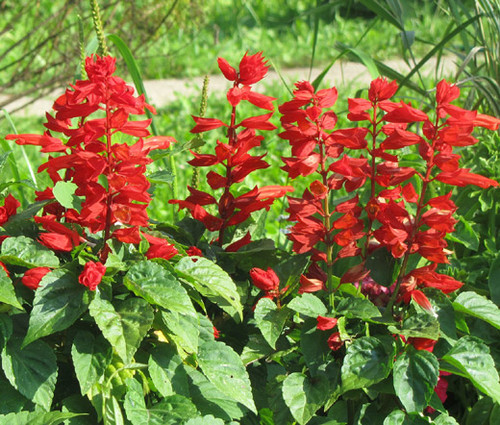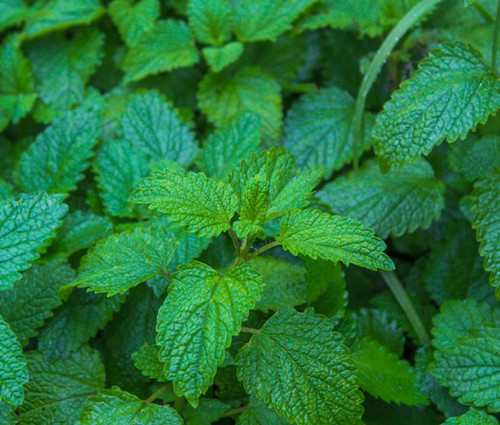Sage Garden Salvia Officinalis is a small, evergreen, herbaceous perennial sub-shrub native to the Mediterranean region. Sage seeds can be started indoors 6-8 weeks before last frost or directly outdoors. Also called Common Sage and Garden Sage, Salvia Officinalis features foliage with woody stems and intensely aromatic, thick, wooly, grayish leaves that have a lemony, slightly bitter fragrance, reminiscent of rosemary. Sage blooms with upright spikes of blue to purplish flowers, attracting bees, butterflies, and hummingbirds.
Sage makes an excellent ground cover for edging sidewalks or garden pathways, and all of the common cultivars of garden sage make beautiful accents in borders and rock gardens. Salvia Officinalis seeds have to be covered slightly with soil. Sage is often grown in containers as an ornamental or culinary herb. As a culinary herb, Sage is used extensively to add a unique flavor to salads, egg dishes, soups, stews, meats, vegetables, vinegars, and tea. Sage is known as an insect repellent, and its dried leaves will discourage moths. Salvia Officinalis has many medicinal uses, and it is also used as an ingredient in soaps, cosmetics and perfumes.
PLANT PROFILE
Season: Perennial
Height: 24-36 Inches
Bloom Season: Spring/Summer
Environment: Sun/Partial Shade
Soil Type: Average/Poor/Moist well-drained, pH 6.5-7.8
USDA Zones: 4-11
PLANTING INSTRUCTIONS
Sow Indoors: Winter/Spring (6-8 weeks before last frost)
Sow Outdoors: Spring/Fall
Seed Depth: 1/16 Inch
Germination Time: 14-30 Days








